At the very heart of the Agricultural and Horticultural Society of South Australia, formed in January 1844, was the intention to exhibit, promote, discuss, debate and nurture rural production. The Adelaide Show was to achieve these aims and to bring together people, produce and livestock on an annual basis. The society also assisted in the dissemination of agricultural and horticultural knowledge and encouraged competitions – fitting aims in a community that had sought to translate European agriculture to a land unfriendly to those ideals. The society held its first agricultural show in February 1844 in a large paddock between North Terrace and Frome Bridge, Adelaide.
The show was the place at which the great debates of rural life were conducted. The merits of the tractor and the heavy horse team, for example, were much debated by their respective proponents. Moreover, it was multifaceted: there was the autumn show, the wine show and the livestock show. On these occasions, the finest of everything was brought to the attention of the public.
Move to Wayville
Until 1925 the show was held at the Exhibition Building, Grounds and Oval on North Terrace, land now occupied by the University of Adelaide. It then moved to suburban Wayville where, in 1935–36, Centennial Hall, an Adelaide landmark, was constructed. This hall has housed exhibitions by the Chamber of Manufactures and has a host of other uses, including the sitting of school and university exams. During World War II the showgrounds were devoted to military purposes and the show put in abeyance.
Work of the Royal Agricultural and Horticultural Society of South Australia
Although the public face of the Royal Agricultural and Horticultural Society of South Australia is the Royal Adelaide Show, it is only a reflection of the work done by its administration and council. Since 1926 the society, under just three directors/secretaries, HJ Finnis, Ronald Sedsman and Gary Campbell, has expanded the Wayville site.
A mix of rural exhibits and entertainment, the show has become the annual meeting place for country and city. It provides an opportunity for farmers, country women and rural youth to compare notes with each other and their city cousins. Visitors see exhibits of produce, handicraft, poultry and livestock or chat to friends and relatives. They can also experience the attractions of showmen’s tents and the games and performances they provide. The show, an important contributor to the state’s economy, carries on a rich and diverse heritage that is still appreciated by South Australians.


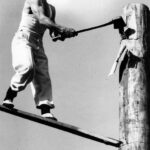

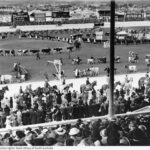
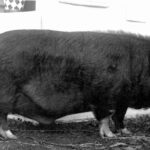

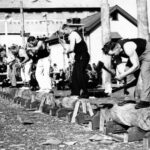
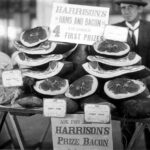
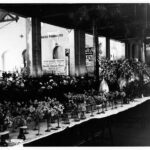
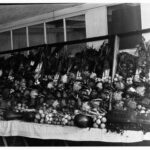
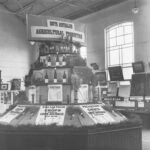

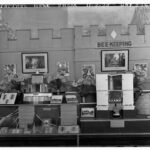
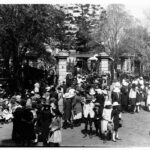
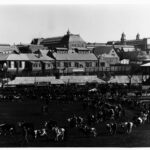
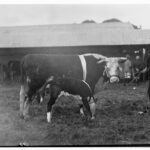
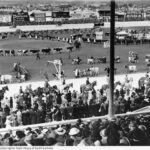
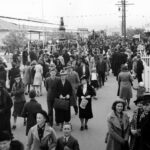
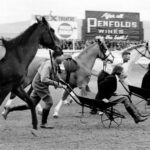
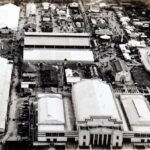
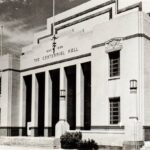
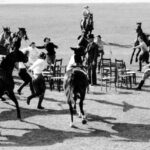
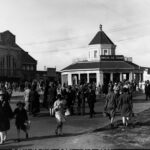
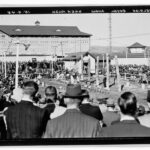

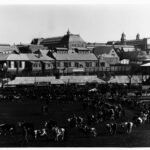
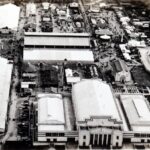
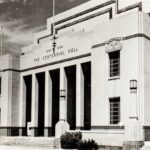
Comments